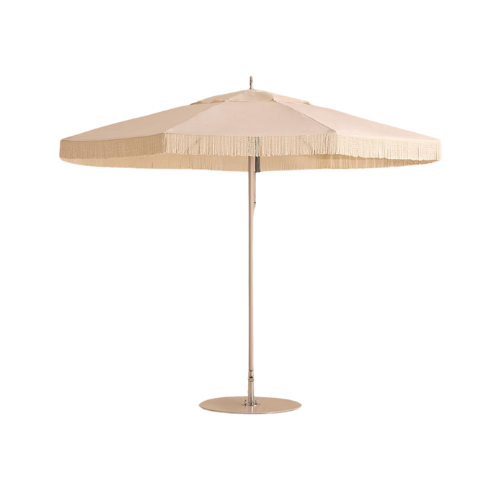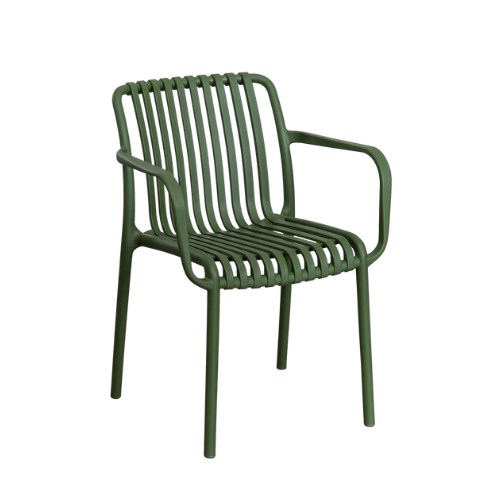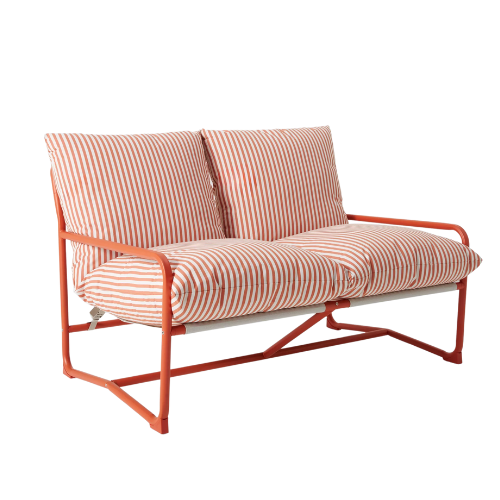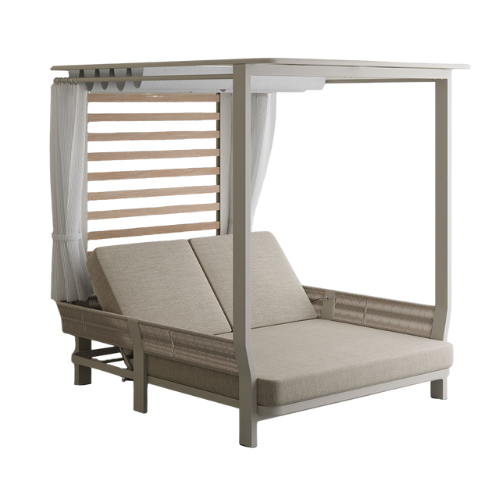5 Drawbacks of a South-Facing Garden That Not Enough People Talk About — They're Not All Fun in the Sun
You may have been dreaming of your own suntrap for months, but it's time to face some of the harsher realities of life with a south-facing garden

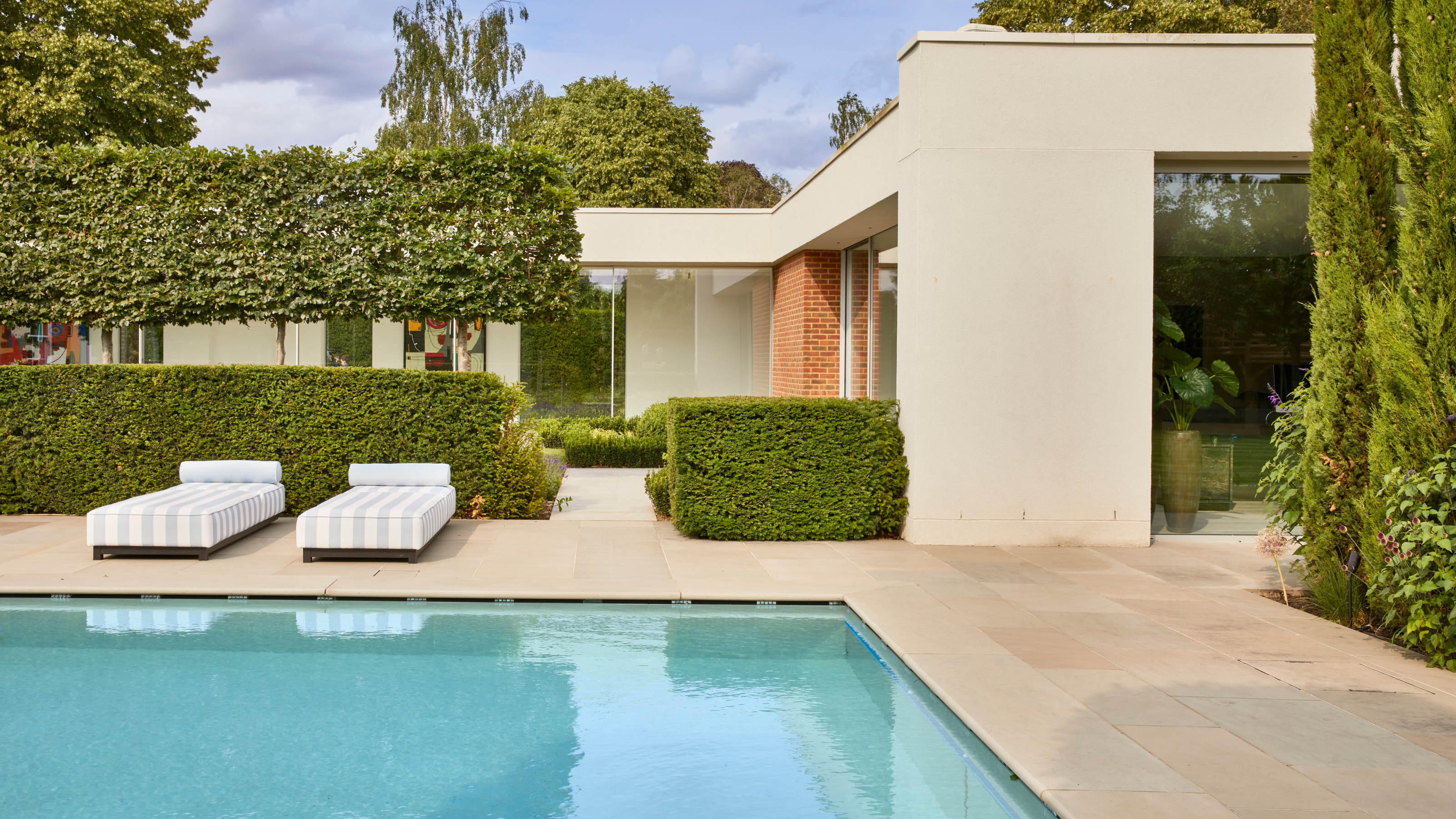
"My garden is a complete sun-trap, it's south-facing, you know." It's the favorite humble brag of your most obnoxious neighbor, that they're guaranteed to remind you of as soon as the sun comes out.
But there are plenty of downfalls that these smug homeowners have conveniently left out of their annual boasting about their sunny modern garden— and we're ready to expose them. From constantly crispy plants to scalding-hot paving, it's not all sunshine and roses in these often overexposed gardens.
If you have found yourself suffering from these very issues, yourself, our experts have also helpfully suggested their favorite tricks and fixes to keep your space as comfortable as possible, so you can have even more to boast about.
1. Parched Plants
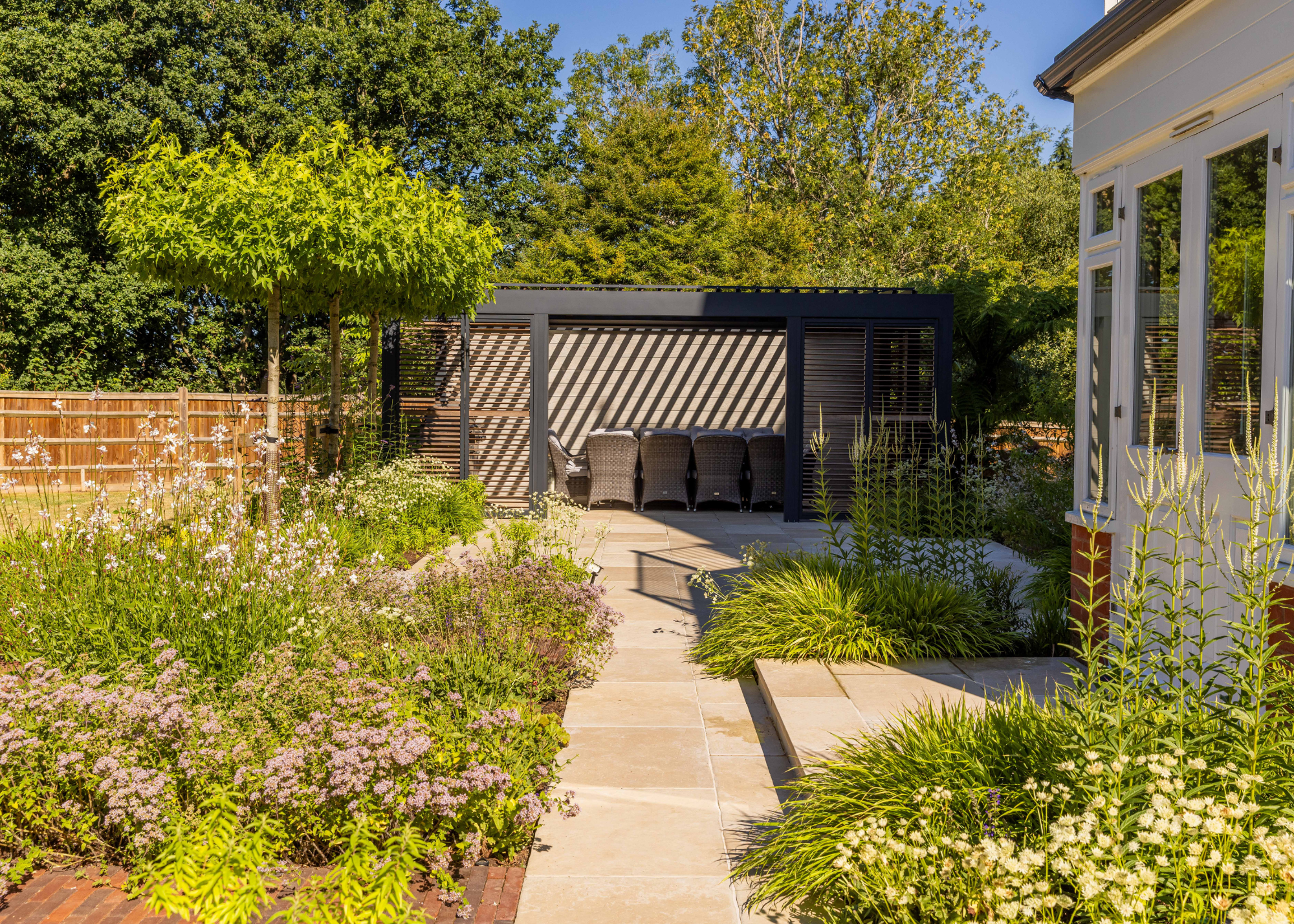
Our image of a south-facing garden is typically laden with brightly colored blossoms and the beautiful flowers that bloom in summer, but more often than not, this is a far cry from the reality.
"Consider the intense sun, which can quickly dry out soil, leaving plants and lawns thirsty," comments Karen McClure, from Karen McClure Garden Design.
While there are several plants that like full sun and heat, many of our favorite shrubs thrive on a combination of sun and shade, and can find the constant heat of a south-facing garden oppressive.
This can leave you with a thoroughly thirsty-looking lawn, and last time we checked, bleached, crispy grass is not the look we're going for this summer.
The Livingetc newsletters are your inside source for what’s shaping interiors now - and what’s next. Discover trend forecasts, smart style ideas, and curated shopping inspiration that brings design to life. Subscribe today and stay ahead of the curve.
Karen has successfully grown KMGD from her passion and love for the horticulture and landscaping industry. Karen is the backbone and driving force behind KMGD that continues to learn, develop, and grow her company, to provide our clients with the best service and garden designs year on year.
2. Burning Hot Flooring
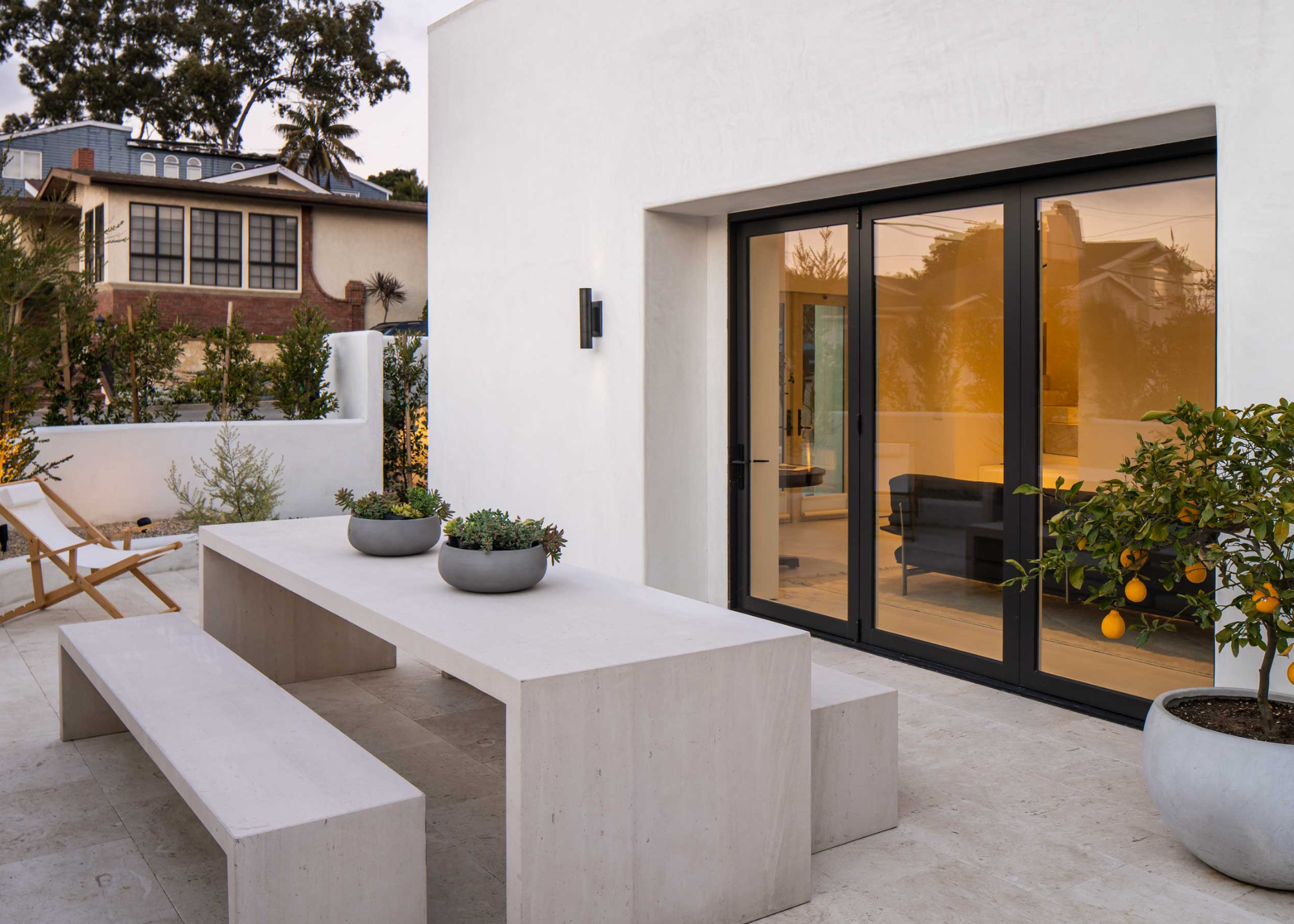
Without a doubt, the worst part of the summer holidays is the tip-toed sprint you have to do across the sand as you make the journey from sunbed to sea. But what if I told you this is the feeling people with south-facing gardens are putting up with daily, and they don't even have the sweet relief of the ocean waves at the end.
As Karen explains, "Paved surfaces made from stone, brick, or concrete absorb and retain heat, and can become uncomfortably hot, especially if darker in colour."
When it comes to patio flooring ideas, we so often think in terms of aesthetics, driven by the rustic appeal of the warm tones of a brick floor, or the industrial chic feel of poured concrete flooring. But these decisions, while stylish, will ultimately leave you with an unusable garden design.
However, there are plenty of small fixes and design decisions you can make that will help to alleviate these conditions, as Karen says "Smart design, resilient plants that thrive in sunny conditions, shade structures like pergolas and parasols provide welcome relief from the heat, while incorporating trees into your plant design adds dappled shade and helps cool the air through the natural release of water vapor from their leaves."
3. One Dimensional Designs
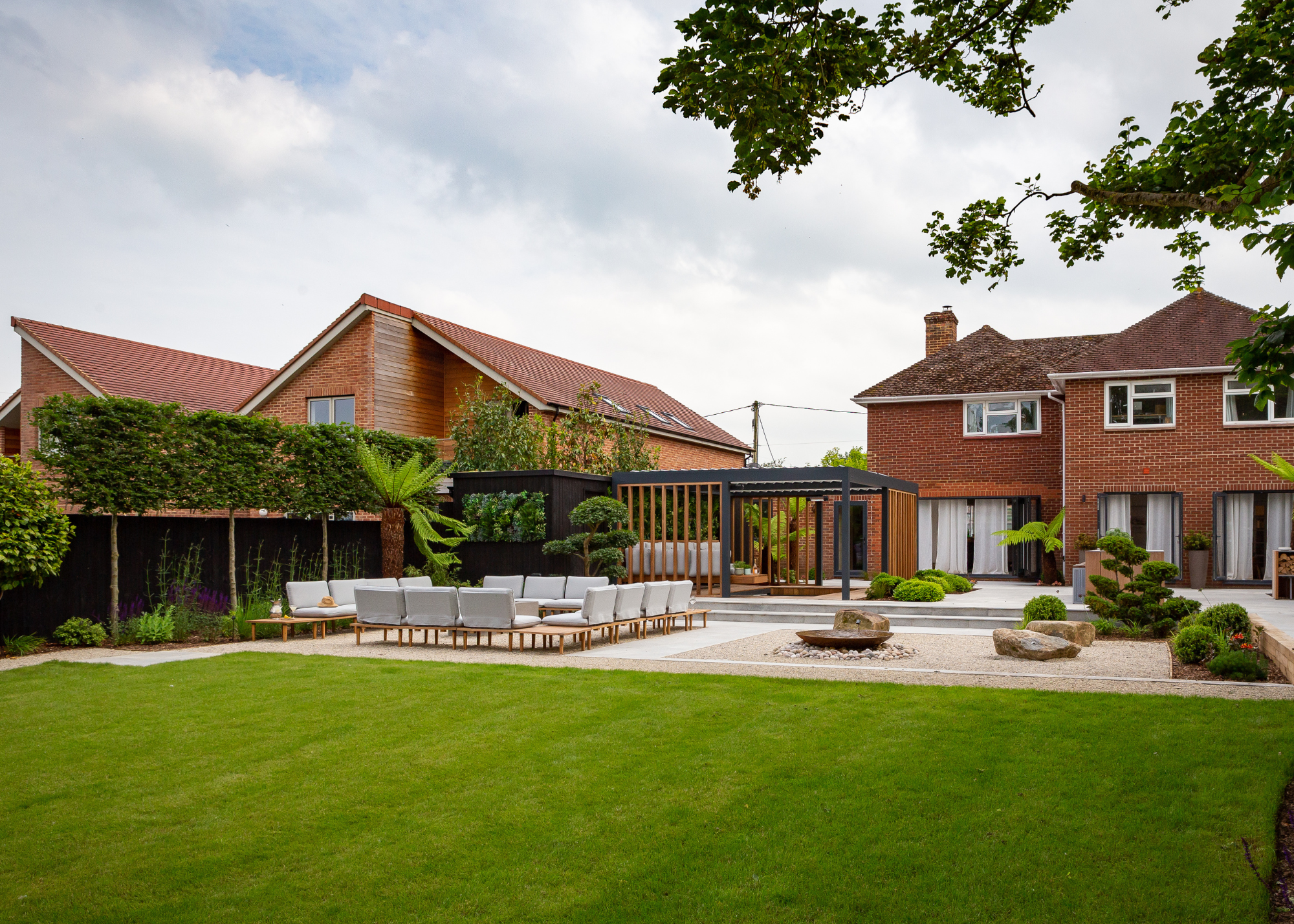
But the issues aren't all a matter of functionality, as Mark Latchford, from HollandGreen, says, "There’s also the question of balance."
As he explains, "too much light can flatten a garden’s character and make it feel exposed or lacking in contrast."
The most beautiful gardens rely on a sense of multidimensionality. Different nooks and crannies, with pockets of sunshine and areas of shade, are exactly what give a garden its character, and without this sense of contrast, your garden can end up feeling slightly lacklustre.
At HollandGreen, they combat this by creating contrasts. Mark says, "We work around this by designing in layers of shade and texture."
For example, he recommends, "Deciduous trees, which offer brilliant seasonal cover, letting light in during winter but providing cooling shade in summer."
HollandGreen are a multidisciplinary Design Practice of Architects, Interior Designers, Landscape Designers and Project Managers. They design and deliver uniquely beautiful homes and gardens, each one tailored to the client’s vision and lifestyle. Whilst each Studio offers standalone services, they are unique in offering an integrated end-to-end approach under one roof, managing projects to the highest standard of quality and detail.
4. Damaged Goods
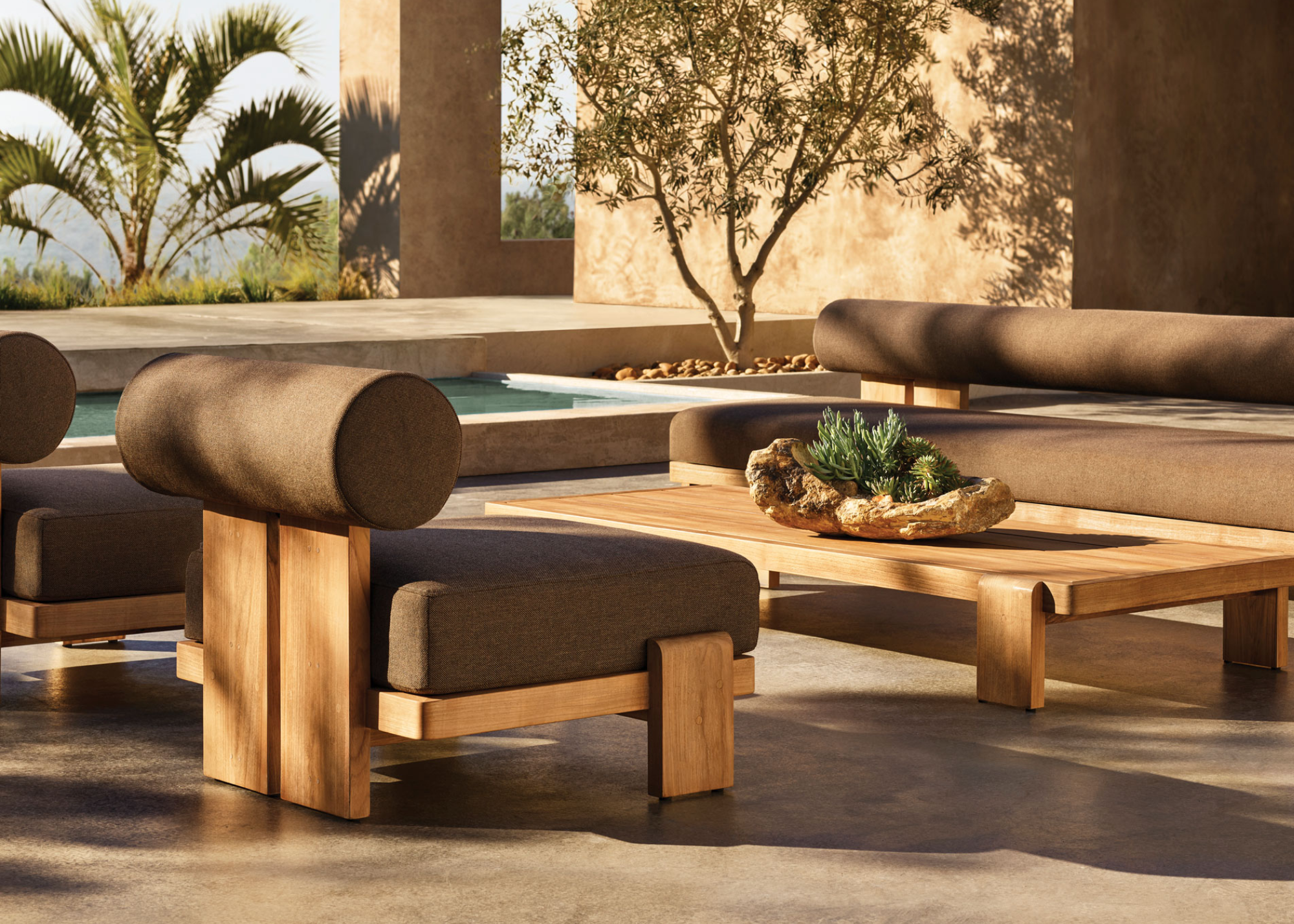
It's not just your plants and flooring that can falter from the effects of constant sun exposure; as it turns out, your garden furniture may also be at risk. That's right, even the best garden furniture brands aren't immune to sun damage.
Certain materials just aren't designed to stand up to the heat, and as Karen says, "Materials such as timber and fabrics may fade more rapidly."
Making sure you're well acquainted with the furniture to avoid in south-facing gardens is crucial before you invest in a new, stylish outdoor living room.
5. Too Hot to Handle
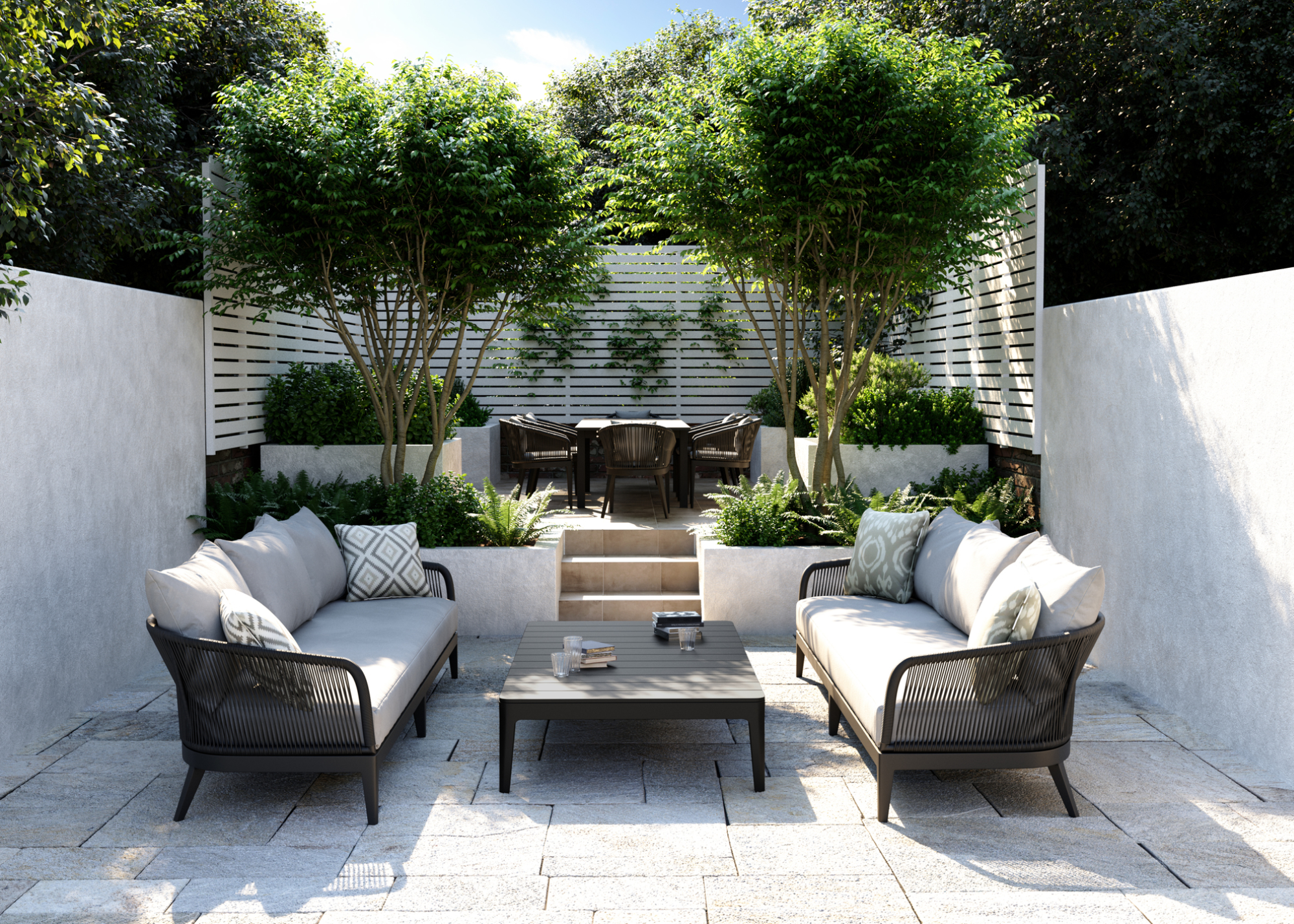
When the estate agent sells you the dream of a south-facing garden, your mind is filled with images of you lazing around in the sun, inviting all your friends and family round for gorgeous al fresco meals in your outdoor dining area, taking business calls from your garden. And the unfortunate truth is that more often than not, a south-facing garden can be too hot to spend time in enjoyably.
But, as Mark says, "It’s all about controlling the light rather than blocking it."
While it may not be exactly as you expected, with careful planning, you can make your suntrap of a garden far more comfortable.
"When needed, we’ll collaborate with our architectural team to integrate shading devices or overhangs that work in harmony with the garden design," says Mark.
So now you know, suntrap gardens aren't all they are cracked up to be, and with no signs of an end to the climate crisis, we can only expect these pitfalls to become more problematic. So, now is the time to learn how to future-proof your garden for hotter summers.

Maya Glantz is a Design Writer at Livingetc, covering all things bathrooms and kitchens. Her background in Art History informed her love of the aesthetic world, and she believes in the importance of finding beauty in the everyday. She recently graduated from City University with a Masters Degree in Magazine Journalism, during which she gained experience writing for various publications, including the Evening Standard. A lover of mid-century style, she can be found endlessly adding to her dream home Pinterest board.


